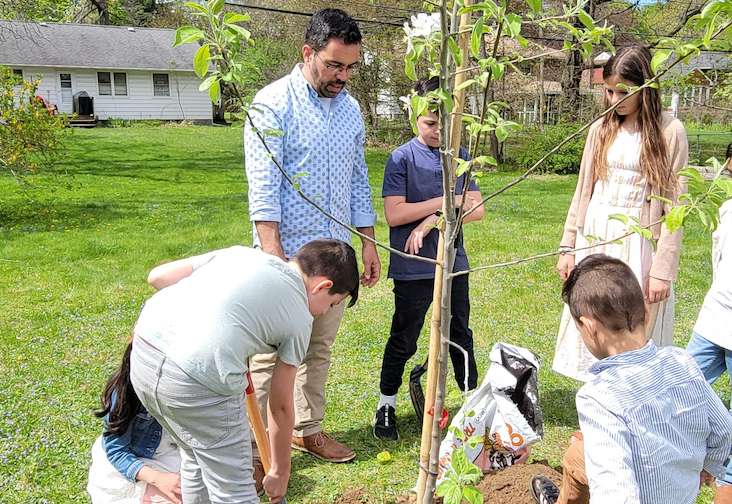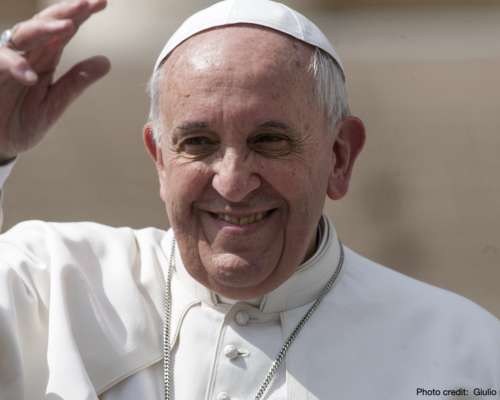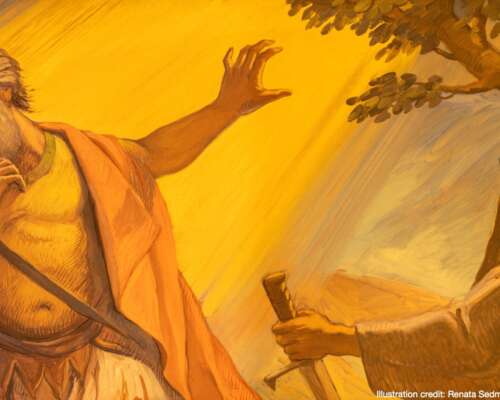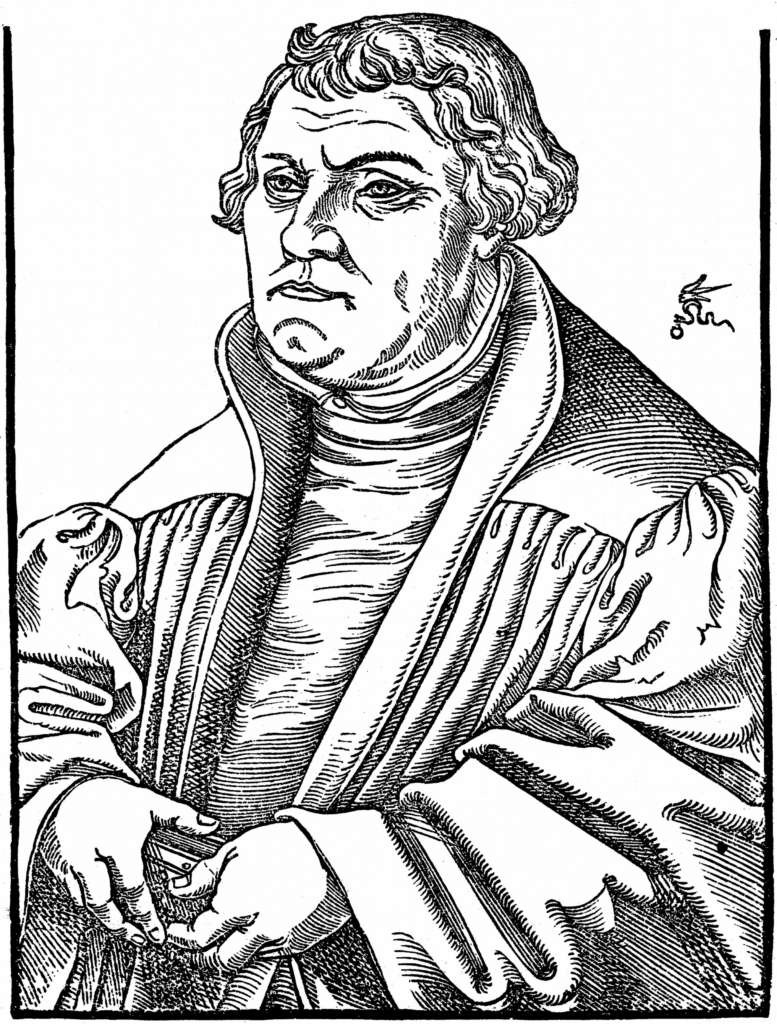
Sixteenth Century Protestant reformer Martin Luther is commonly believed to have said once: “If I knew that tomorrow was the end of the world, I would plant an apple tree today!” I’ve read different parts of Luther’s Works, and this remark sounds like something he “might” have said in the book “Table Talk” if he said it at all. But it does not appear there (or anywhere in his writings, apparently.) So, whether he actually said those words or not is in dispute. Also, the “quote” was only first mentioned in 1944. Certainly, Luther was a coarse, pragmatic person who might have agreed with such a comment, but let’s not put words in his mouth unless we know for a fact that those words are his. Yet, this statement by itself is worth examining because it gives our current, crazy world some context, perspective and hope.
Facing the future
How would we live today, if we knew we would die tomorrow? Prisoners on Death Row face these macabre choices routinely. But what about us? Would we rob a bank, drive our car off a bridge or stuff ourselves with nachos? Would we try to make apologies to people whose feelings we’ve hurt, right injustices that we’ve caused, mend broken relationships with relatives? Would we go “gently into that good night,” or descend violently and madly into the abyss?
At the moment, President. Putin and his crew have been threatening the West–and particularly the U.S. and U.K–with nuclear annihilation. So there is at least a cryptic and credible threat to us (as if the COVID pandemic with more than 1,000,000 million Americans dead over the past two or so years was not enough.)
I have been blogging about the pandemic for the last few years and the war in the Ukraine since it began. I have discussed and evaluated the nuclear warnings directed to the U.S. and our allies voiced by Mr. Putin, and things are pretty scary as we flirt with Defcon 2. And that’s just the nukes.
Navy Sailors and socially isolated or marginalized teens have been taking their own lives. In New York City, commuters are afraid to use the subways lest someone push them on the tracks, and there are many other random acts of violence on the news every evening. Much of the Western U.S. is on fire during any given month of the fire season, and parched for rain during other times of the year.
Our country is politically and culturally divided and the fabric of our society is being violently stretched and torn in many different directions, as we, ourselves are.
An apple a day . . .
My family planted an apple tree in our back yard last weekend on Mothers Day. Apple trees are found in thirty-two states, with Washington state and New York state being among the top producers of apples. The apple tree was known and cultivated in Europe and Central Asia many centuries BCE. It figures prominently in Greek, Nordic and Celtic mythology where it enjoys almost the same sacred regard as the Oak. Apples were first introduced to the New World in the 1600’s when cuttings were sent from England to Massachusetts and the horticulture of this fruit quickly spread to other colonies. The earliest apples might not have been particularly appealing to sight and taste, but they made a reasonably satisfying (and intoxicating) cider as far as the colonials were concerned.
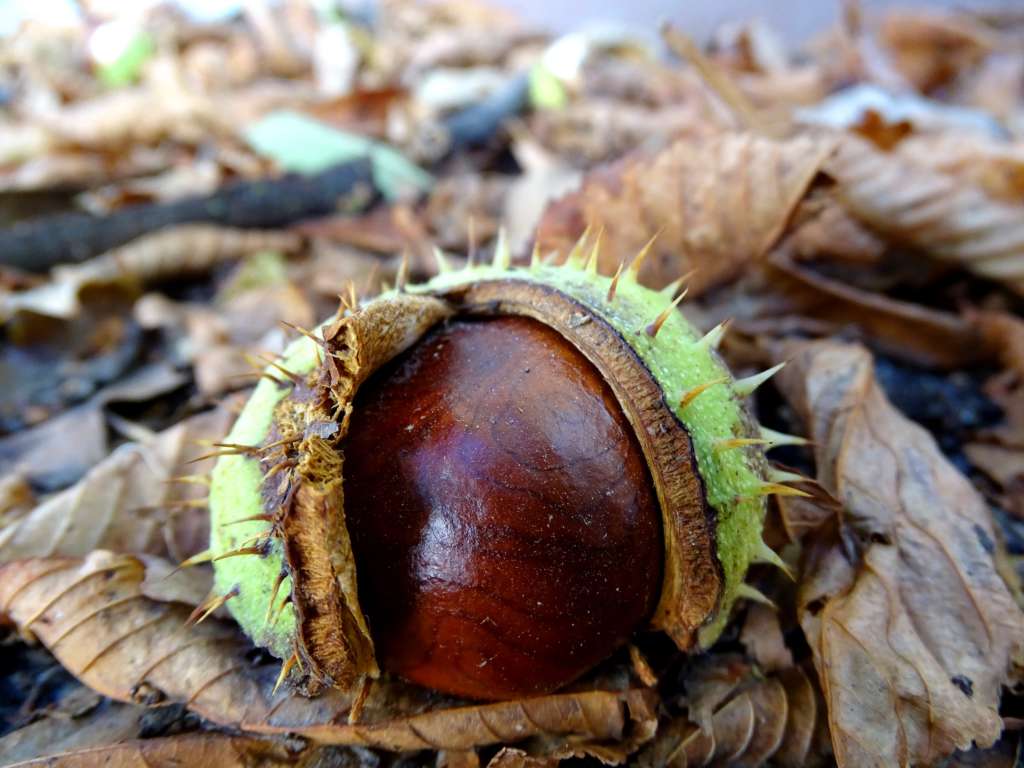
My personal nomination for our Mothers Day tree was the American Chestnut, fighting its way back from a bight caused by Endothia parasitica in the early 1900s, which killed almost all of the magnificent chestnut trees in the U.S. There has been some limited success mitigating the fungus, but the American Chestnut is not “out of the woods yet” as far as the deadly fungus is concerned. I think that repopulating the species even now is important to its future survival, and this is something that we can all participate in depending on the zone you live in. The mahogany colored nuts (see right) are popular with animals and can be roasted in one’s fireplace at Christmas. Unfortunately, there were no trees available to me for sale at present. So, an apple tree is a good alternative as far as I’m concerned.
Trees play an important role in our global ecosystem. Speficially, they
“. . . contribute to their environment by providing oxygen, improving air quality, climate amelioration, conserving water, preserving soil, and supporting wildlife. During the process of photosynthesis, trees take in carbon dioxide and produce the oxygen we breathe. According to the U.S. Department of Agriculture, “One acre of forest absorbs six tons of carbon dioxide and puts out four tons of oxygen. This is enough to meet the annual needs of 18 people.”
https://www.savatree.com/whytrees.html
The older trees such as the Sequoias have, like most trees do, growth rings that can be read. In the case of these trees, you can track fire, drought, disease, etc. going back many centuries. Yet, these witnesses to ancient history survive to this day. And this is because they are extremely resilent in spite of their fragility.
Resilence
People who are successful in life are those who look beyond their present circumstances, knowing that bad times do not last forever. Even wars eventually end (in the case of war, when both sides get tired of fighting.) And, I understand that karate masters who break bricks and boards with their fists look beyond the obstacle to some point further on where their hand will stop.
“One acre of forest absorbs six tons of carbon dioxide and puts out four tons of oxygen. This is enough to meet the annual needs of 18 people.”
U.S. Department of Agriculture
The solution to our sorrows is Jesus. Nationwide repentance and wholehearted petitions to God for mercy. But how can people in God’s family (e.g., whose sins are washed away by the blood of the Lamb) persevere in these treacherous times? That is a worthy question.
Remember the death of Lazarus in John, Chapter 11:1ff. When Jesus heard that his close friend Lazarus was gravely ill, he took His time before coming to Lazarus’ side. Before He left (11), he told His disciples “Lazarus is dead.” When he arrived at Lazarus’ home, Lazarus’ sister Martha said to Him “Lord, if You had been here, my brother would not have died. . .” Martha knew that Jesus could have saved him. Jesus then tells Martha that Lazarus will live again, to which she replies “I know that he will rise again in the resurrection at the last day.” Now she is saying that Jesus could perform miracles in the future as well as the past. God’s presence in the present was a more difficult thing for her to trust in, however. Many of us are like that. We believe that God has been alive in our life in the past, and will be near to us in the future, but where is He in the present, the here and now? As Jesus show Martha, however, God is just as easily available today as yesterday and tomorrow.
When Peter leaped out of the boat during the storm to approach his Master, he was fine while his eyes were fixed on Jesus. It was only when he focused on the storm to the exclusion of Jesus that he sank below the waves. Jesus should be our focus as well in these stormy times as well.
Here is a passage that got me through Vietnam. In Psalm 121, David writes:
“I lift up my eyes to the mountains—
where does my help come from?
My help comes from the Lord,
the Maker of heaven and earth.
He will not let your foot slip—
he who watches over you will not slumber;
indeed, he who watches over Israel
will neither slumber nor sleep.
The Lord watches over you—
the Lord is your shade at your right hand;
the sun will not harm you by day,
nor the moon by night.
The Lord will keep you from all harm—
he will watch over your life;
the Lord will watch over your coming and going
both now and forevermore.”
So, as we slowly but surely approach Armegeddon, we cannot know the exact time of His coming, so in the meanwhile, why not plant a tree?
